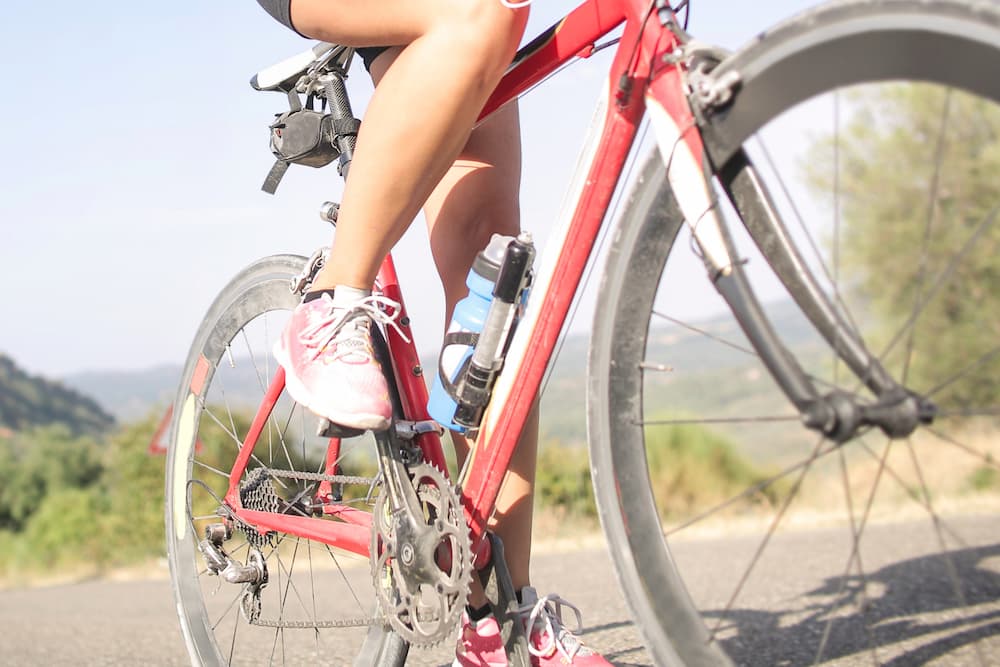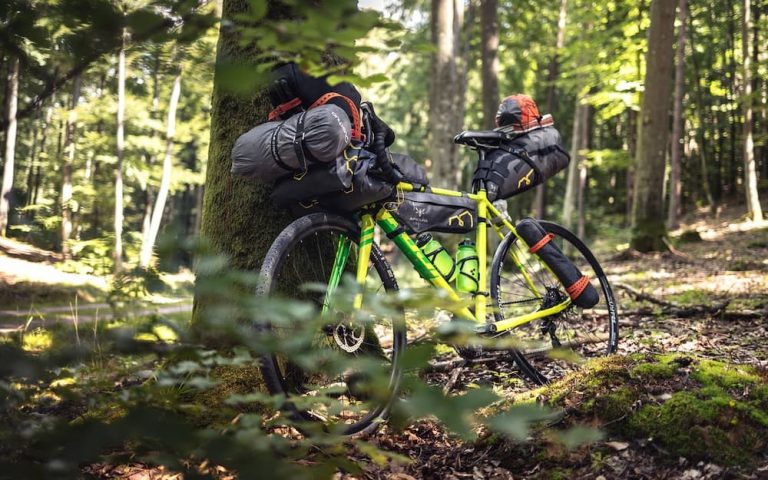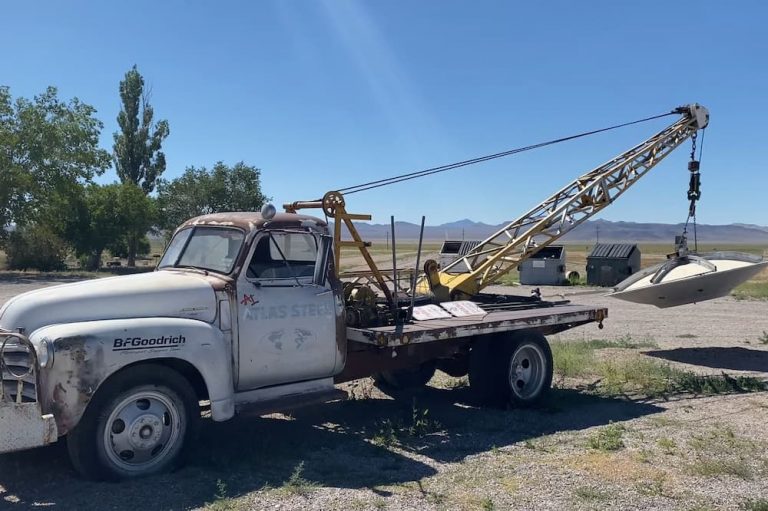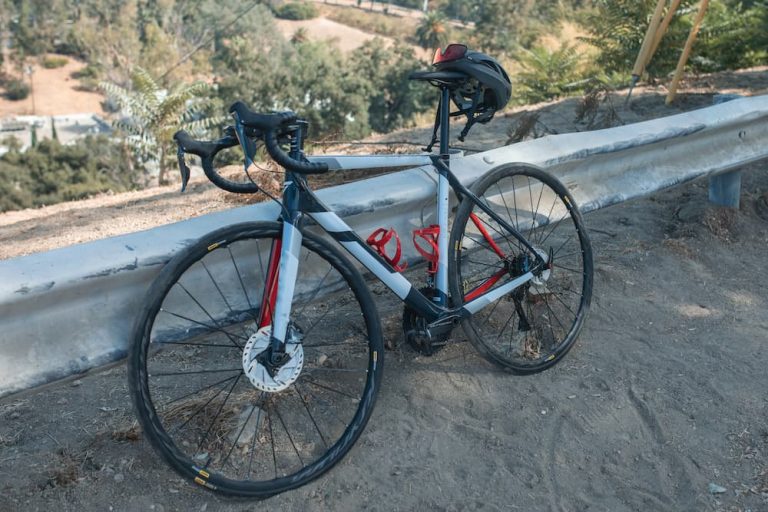How To Install Water Bottle Holder On Bike Without Holes?
When you are sweating it out under the sun while riding your bike, your hydration levels need to be adequate to keep you going. Whether you plan to run an errand in the convenience store a few blocks away or you are off road cycling into the hilly regions, you would need your water bottle no matter what.
Carrying a water bottle on your bike isn’t the biggest problem. We have backpack compartments for that, but mostly water bottle cages always help. As the name suggests, these caged holders are specially designed to carry your water flask securely while you have your mind on the road.
However, the problem with these water bottle cages is that they require a hole in the bicycle to be installed. While newer models of bikes have integrated braze on, which are water bottle cage holes in them, the older ones need to be modified.
A small drilled hole might not sound like a problem for anyone willing to make the dent, but for those who wish to carry their flagons in the cage holder without changing their bicycle’s frames, here’s a guide on how to install a water bottle cage on a bike without holes.
Contents
How to Install a Water Bottle Cage on a Bike without Holes?

If your bicycle frame does not come with braze on, and you are reluctant to drill a hole into the sturdy build of your bike frame, here are a few ways of installing your water bottle without drilling holes:
Use a Zip Cable Tie
Zip cable ties are one of the most convenient and inexpensive ways to bind just about anything to your bicycle, including your water bottle cage.
All you have to do is hold the water bottle cage against one of your bike frames and use a couple of zip ties to wrap around the frame and the cage. You can either attach the cage to the top tube, bottom, or seat tube.
When shopping for zip ties, you may want to look for industrial strength nylon material ties, preferably 66 nylon and tensile strength of 50 lbs. This way, you would be certain that your cable ties never snap apart while you are on the road.
To let yourself experience the benefit of convenient and quick locking, you can look for zip ties with pointed gliding tails. A flexible design and ratcheting head of the tie would allow you to bind the water bottle cage to the frame with ease and maximum security.
Use Hose Clamp
A hose clamp, more conventionally, is used to hold on a hose to a fitting, and it does so using the clamping mechanism. Hence this is used in a variety of applications that require one piece of equipment to be coupled to fixated support. Likewise, it’s quite a common practice for cyclists to use a hose cage clamp to secure the water bottle cages to the bike’s frame or a suspension fork.
For installing a water bottle cage on a bicycle without holes, using a hose clamp, you would first need to open up the clamp completely. A few clamps turn a good 90 degrees to adjust the mounting position as you would desire. Next, place the water bottle cage holder and close the clamp on it. Using a screwdriver, tighten the clamp closure to a good fit. Make sure you don’t over-tighten the clamp.
Installing a water bottle cage using a hose clamp is safe unless you have a carbon frame. In that case, hose clamps might cause damage to the frame, although many cyclists prefer using foam or rubber-padded protection on their carbon forks to use a hose cage clamp anyway. Even if your frame is not carbon build, you may still want to use taping or padding to keep the tubing damage free.
Before shopping for one, be sure to measure out the frame or fork diameter and consider buying a hose cage clamp that has room for a range of diameter fitting the seat post, handlebar, or tubes. For material, you may look for metal alloys that are rust and moisture resistant, like aluminum.
Use Straps
Nothing more convenient than just strapping your water cage holder onto the bike, right? This is exclusively applicable for cyclists with an MTB that comprises a full suspension. Such bikes hardly have enough space for over top mounts, hence requiring a water cage that can be installed in lower mounts.
Bottle cage straps are specially designed for such low profile, full suspension frames where they can be attached to the frame in the most secured fashion. These nylon strap adapters are usually made with a rubber base, that allows the straps to closely twig to the bicycle. Furthermore, straps can be cut to any lengths you want for further ease and fix.
Strap on holders is another way to simply attach your water bottle cage to your bicycle without requiring to braze ones. The adjustable Velcro leashes on the strap on holders are long, made of plastic, and consist of hooks and loops on either side for more security.
When compared to a clamping system, strapping is more favored among camp cyclists because of how quick and trouble free is it to attach and release the straps. The only downside to using strap on holders would be the limitation to carry bigger water bottle cages.
Drill a Hole
If your bike isn’t as dear to you, you might be one of the cyclists who won’t mind doing the taxing deed of drilling a hole in your bicycle. However, we have to warn you that only a carbon frame might be an exception that can endure such a drill without a permanent and collateral dent.
Although we do recommend you opt for the alternative ways we have already mentioned, you may follow a few steps to install a water bottle cage into your bike by drilling a hole. To begin, measure the dimension of the water bottle cage that you intend to install. Following that, mark the spots on the frame according to the measured lengths and width.
Using a drilling machine, drill the holes in the marked positions. Be gentle and slow as you drill in and if you want to keep the rest of your bike frame intact, be sure to use a power drill. A cordless powered drilling machine would offer more control and mobility as you make the holes.
Following that, slide in the clamp parts to the designated frame holes. At this stage be sure to check if the clamp holds still with the frame holes. Finally, using a torque screwdriver, tighten the nuts and bolts on the clamp. Be cautious in this stage as tightening the clamp extensively can result in damaged clamp or cage parts.
No Screws Bottle Cage Alternatives
A great way to install water bottle cages on bicycles without holes is going for alternative cage holders that mainly use a mounting system or quick release option. Here are a few possibilities:
Handlebar Mount Cages
These options give you an alternative to using water bottle cages if you wish to. Handlebar mount cages are similar holders, in functionally and design to a convention bottle cage. The difference is how it is installed into the bicycle.
All you need to do is mount the bottle cage into the handlebar without the need of drilling holes into your bicycle. The biggest advantage of having such a handlebar mount cage carry your water tank is the ease of access.
Seat Mount Water Bottle Cage
Similar to handlebar mount cages, you can always consider switching to another easy to install seat mount water bottle cage. Affixed to the back of your sear posts, these bottle holders are suitable when you need to carry more than one water bottle.
With a resemblance to a bag, you are benefitted from the availability of more sections in the holder that can be used to carry extra gears.
Quick Release Bottle Cage Holders
Quick release bottle cage holders are the more popular among other mounts and are quite the sought-after alternative for riders looking to avoid drilling a hole in their bicycles.
Such cages are particularly in demand for their quick release feature, meaning you can take it off and mount it within seconds. It is almost a no-installation process that bikepackers love.
Where Should You Install a Water Bottle Cage on a bicycle?
In almost every bicycle you’ve seen with a bottle stashed on a bike, you’ve probably noticed how the water bottle cage is installed on the downtube. While you can install it in the same location as well, the entire bike is your playground when it comes to carrying your water bottles.
There is no best place to install a water bottle cage on the bike, but the frames are where you can clamp, strap and drill without thinking twice. Moreover, frames are sturdier and allow the biker to reach out for the bottle even when you are pedaling. It also helps that installing a water bottle cage on the frame makes sure that no leg movement or view is obstructed.
For us, the most convenient place on the bicycle to have a water bottle cage installed is the handlebar. Handlebar mount cages are one example where the water tank is at your arms end. While we love the accessibility that comes with a handlebar water bottle case, there is a risk of damage and accident if your mount is too heavy or obstructing when you take turns.
Installing on the seat post or behind the saddle can also be convenient for some. If, however, you have a full suspension bicycle, you’d want to install your water bottle cage on the downtube or handlebar. Mountain bikers, who need to carry more water so they don’t suffer from dehydration, may want water cage bottles that have greater capacity.
Final Thoughts
If you’re riding a bicycle, it’s almost certain that you would need to carry one, sometimes two if the ride is long, water bottles. While modern bikes have integrated water cage holes for the holder, many bikes still do comprise one.
If you are looking for how to install a water bottle cage on a bike without holes, it can be done by using zip cable ties, hose clamps, or straps. These methods are convenient, inexpensive, and do not require any modifications to the bike frame.
Also, I prefer mounting the water bottle cage on the bicycle’s handlebars as it is the most practical option.






